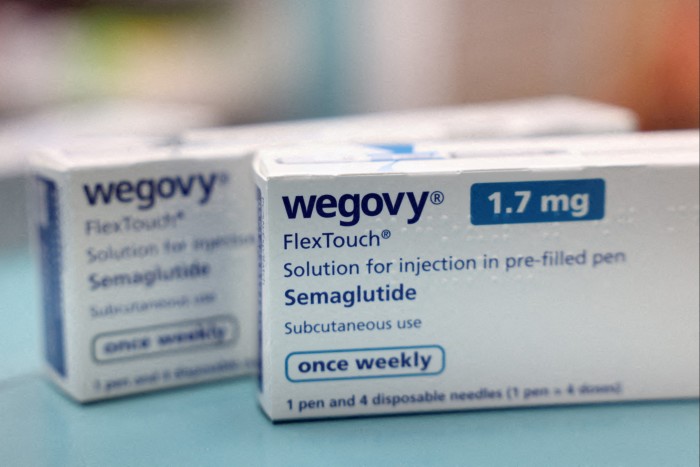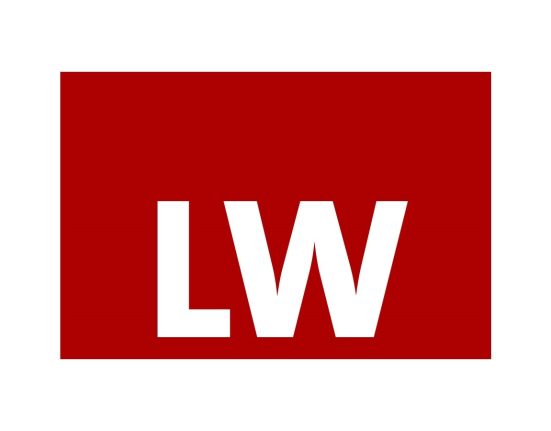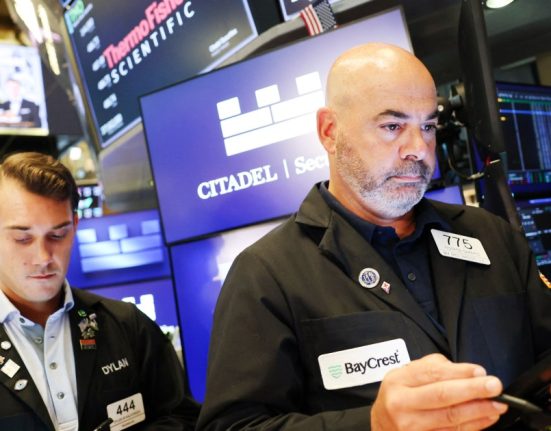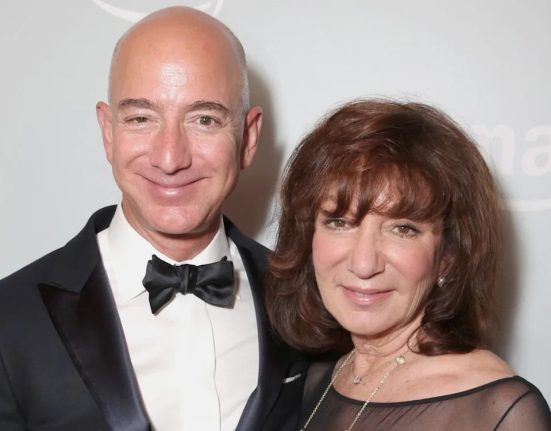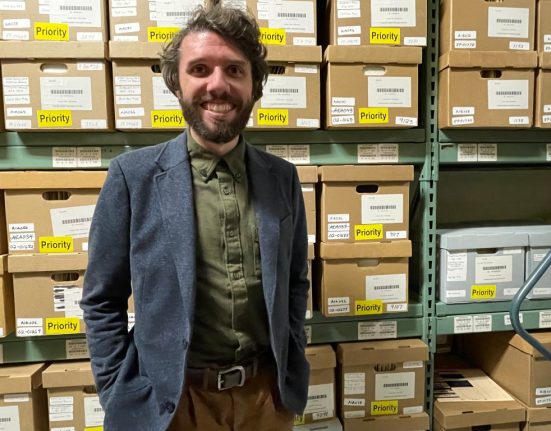Unlock the Editor’s Digest for free
Roula Khalaf, Editor of the FT, selects her favourite stories in this weekly newsletter.
If you’re going to do only one thing, you’d better do it well. A company that could have learned that lesson earlier is Novo Nordisk, the drug maker that turned an obscure hormone into a weight-loss blockbuster. Its shares have more than halved since last summer, and last week it ousted its chief executive. His successor will inherit a company with vastly slimmed-down prospects.

It’s worth analysing what went wrong for the inventor of the drug marketed as Ozempic for diabetes, and Wegovy for weight loss. Last year, the Danish company was valued like a thoroughbred at almost 40 times forward earnings. At those levels, flawless execution is a must.
Instead, three things conspired against chief executive Lars Fruergaard Jørgensen. The first was temporary: US pharmacies ran out of its products, as well as those for rival brands. Compounders were permitted by regulators to sell versions they mixed themselves, at lower prices. Availability has now improved, and pharmacies have been told to stop selling copycats, but Novo Nordisk has scaled down its estimates for this year’s sales and profit growth.
Second, and more seriously, the herd caught up. In Novo Nordisk’s case, this has happened swiftly courtesy of rival Eli Lilly. Its competitor drugs, Mounjaro and Zepbound, are outperforming Ozempic and Wegovy, taking a larger share of the growth in US GLP-1 prescriptions, according to Bernstein analysis.
Worse still, the US patent on Novo Nordisk’s active ingredient semaglutide is expected to expire in 2032. After that, cheaper generics will take a huge slug of the market. The race is on to create “second-generation” premium products — promising faster weight loss, say, or the convenience of being taken by mouth rather than injected. But, amid incomplete data, Eli Lilly’s compounds appear to be nosing ahead.

A new chief might arrive with energy and ideas, but it’s not clear these obstacles can be surmounted. Novo Nordisk is big enough to try and acquire a rival, but absorbing a healthy company is rarely the best way to save an ailing one.
In the near term, commercial efforts might raise the chances that new patients are prescribed Novo Nordisk’s drug, assuming there’s little real-world difference between brands. This is a growth area, and analysts are reasonably sanguine about Novo Nordisk’s chances of making hay while US its patent lasts.
That translates into healthy cash flows — even if not enough to justify the company’s current market capitalisation, which is almost DKr 2tn, according to S&P Capital IQ, or about $290bn. By way of reference, analysts reckon it is going to make a cumulative $180bn of net income to 2031.
There is still hope from Novo Nordisk’s phase 2 pipeline too. Tests are ongoing, and some are promising. But Novo Nordisk’s plight shows that prevention is better than cure: companies riding on one great idea had better use the good times to start thinking up another.

